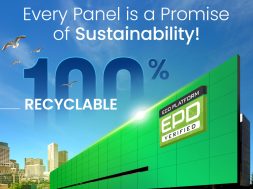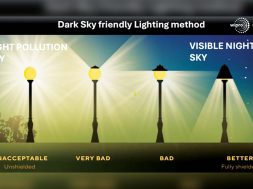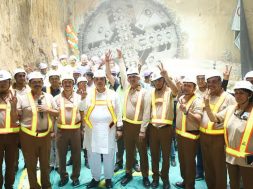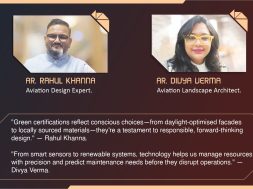It is necessary for upcoming high-rises to be sustainable
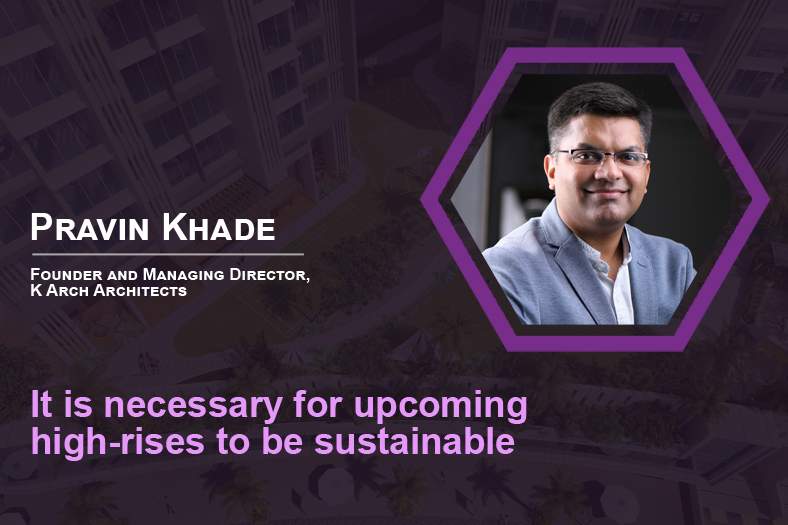
There are many architects and builders who have given thought to green building aspects while designing high-rise buildings. However, not all buildings are being compulsorily designed as green buildings says, Pravin Khade, Founder and Managing Director, K Arch Architects.
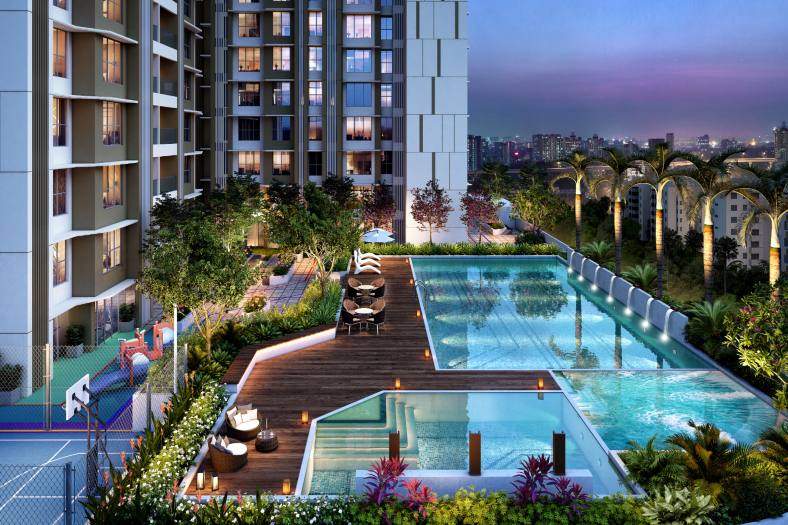
Given the rising population of India, do we have any alternatives for high-rises?
High-rises are the only option we have, for meeting the demands of the rising population of the metropolitan cities in India. Currently, Indian cities are undergoing increasing inundation by indigenes from the rural areas in search of jobs, education, and better facilities. This puts immense pressure on the demand for housing, leading to spiraling property costs. So, by strategically increasing the number of homes per plot of land, cities can go a long way in withstanding population growth, while leaving some amount of land free for creating recreational parks for their citizens.

Are the existing high-rises sustainable in your view, are there sure shot methods to make them sustainable?
There are many architects and builders who have given thought to green building aspects while designing high-rise buildings. However, some of them do not give much importance to such factors. In India, currently, not all buildings are being compulsorily designed as green buildings.
Some of the ways in which existing high-rises can be made sustainable are as follows:
- Green walls are self-sufficient vertical gardens that are attached to the exterior or interior of a building. These green walls protect the exterior walls from sun-heat radiation.
- Aluminum-based paint has the capacity to reflect the sun rays falling on exterior walls which ultimately reduces the heat intake in the building and thereby creates a better atmosphere to live in.
- LED lights are up to 80% more efficient than traditional lighting such as fluorescent and incandescent lights. LED lights also draw much less power than traditional lighting; Less energy use reduces the demand from power plants and decreases greenhouse gas emissions.
- In a solar rooftop system, the solar panels are installed on the roof of any residential, commercial, institution, and industrial building. Solar PV cells convert sunlight to generate electricity through a photovoltaic process. There are two types of solar PV systems: off-grid and grid-connected.

For the newer high-rises which are yet to come up, what roadmap would you advise to make them sustainable?
It is extremely important for the upcoming high-rises to be sustainable. The following are a few strategies that can be adopted to accomplish this goal:
- Maximum advantage can be taken of natural daylight by shaping the plan arrangement of a building to suit the activities within. The orientation of the building in relation to the seasonal paths of the sun across the sky has a significant impact on the thermal value and performance. The service cores in a tall building should be located in the building to allow natural daylight and ventilation to the elevator lobby and stair areas.
- The energy gain or loss for a tall building depends very much upon the materiality and technology employed in the façade treatment. The latest trend in façade treatment is the use of double skin, and occasionally triple skin, a façade with a ventilation system. Double glazing with argon-filled cavities, triple-glazing, and glass coatings can increase U-values.
- Tall buildings can be shaped to funnel wind into a zone containing wind turbines without having negative effects on the structure, its surroundings, and the occupants. By such profiling of the structure, wind speed can be amplified that can produce more energy.
- Rainwater harvesting collects the rain onto roofs, then stores it in a tank, intended for eventual use. When required, the water is pumped to the point of use, thus replacing what would normally be a demand for regular water. The recycled water is used for toilets, washing machines, and outside tap use. Greywater recycling is another process in which water from the bath, shower, and hand wash basins is reused.
- Biomimicry: The main aim of biomimicry is the creation of great designs by imitating various living organisms that they have evolved during the 3.8 billion years. A good example of this concept is the MMA office building, Qatar. An excellent example of desert architecture, MMA’s new building is designed to be very energy efficient and utilizes sunshades on its windows. Depending on the intensity of the sun during the day, the sunshades can open or close to keep out the heat when it is too much. This is similar to how a cactus chooses to perform transpiration at night rather than during the day in order to retain water.
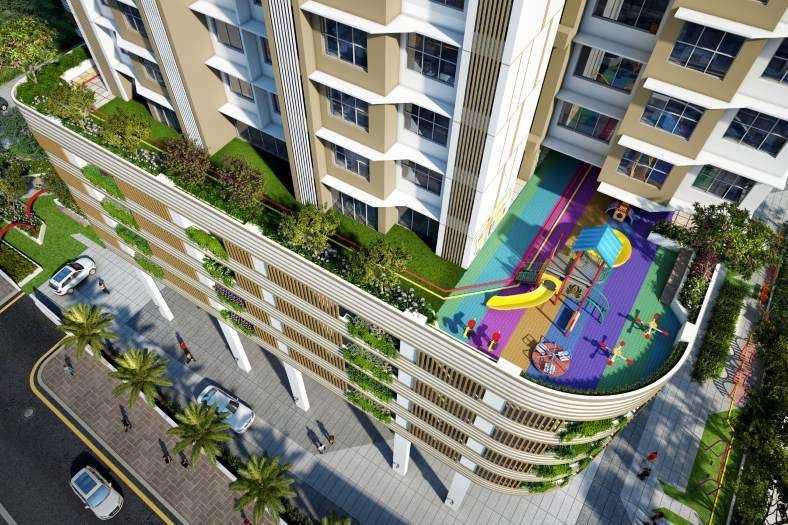
Are the existing green building codes precise for the high-rises and superstructures that are being developed or are changes desired?
Basic and general guidelines for efficient energy usage in the National Building Code (NBC) do exist but they are merely guidelines. These efficient energy usage guidelines made an appearance after 18 years during an amendment of the NBC in 2005!!
It is urgent and imperative that not only should we adopt policies requiring all existing buildings as well as new construction to meet green building criteria, but also put in place relevant laws and regulations for effective implementation of those policies. Honest implementation of laws is the need of the day. These laws should offer incentives to commercial builders in the form of tax benefits and quick permits. Penalties should also be imposed wherever required.
A mandatory code is required in the form of building by-laws to present and future generations. Merely introducing laws and codes will not suffice. There is also a need for a proper enforcing authority to check building construction if urban development has to meet the core environmental standards.

Cookie Consent
We use cookies to personalize your experience. By continuing to visit this website you agree to our Terms & Conditions, Privacy Policy and Cookie Policy.


